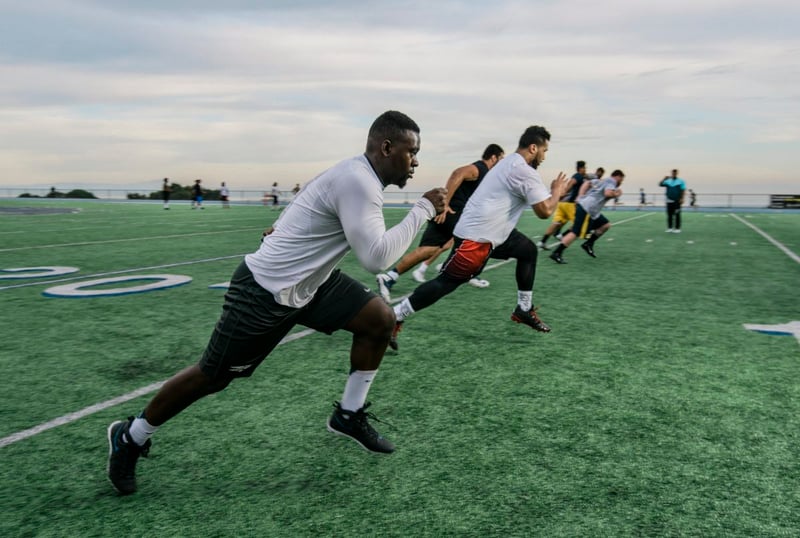
Every individual responds to fatigue differently. Having a tool to objectively assess neuromuscular control and movement strategy is crucial. Ensuring the data is reliable, valid, ACTIONABLE, and able to be used practically and frequently is absolutely necessary.
In our last post we explored the definition of fatigue and how the Sparta Movement Health Platform (SMHP) assessments can be used to measure and monitor fatigue. This week, we will look into the potential impact that fatigue can have on an individual.
The two main concerns most have, as related to fatigue, are the potential decreased ability to perform, and a heightened risk of injury. While these negative consequences may seem obvious, it is also important to take a critical look at them.
A decrease in performance relative to what? How much of a decrease in performance is too much? What is the risk-reward of the specific situation? It is extremely important to understand the context when evaluating whether or not someone should be withheld based on their level of fatigue. Is this a training exercise or a live combat mission? Is this the preseason or the playoffs? Is that individual’s 60% better than the alternate’s 100%? As you can see, the answers to these questions are not ones for Sparta or other third parties to provide. They rely on organizational communication and trust, and oftentimes hindsight is 20:20.
Fatigue is a commonly accepted risk factor for all different types of injuries. A recent study assessed this claim, as it has been proposed that fatigue-related reductions in muscle strength as well as changes in kinetics and kinematics may increase the risk of injury, specifically ACL injury (1). However, data from a recent meta-analysis determined neither acute or chronic fatigue seems to have any influence on the likelihood of lower limb injury (2). This conclusion may be a bit startling as it seems common sense that an individual who is more fatigued should be at a greater risk of injury. There are, of course, different studies that have found these relationships. Due to the complexity of measuring and identifying fatigue, as well as the multifactorial complexity of injury the relationships between the two are not going to be cut and dry.
There is not currently (nor will there ever be) one magical number that gives you a definitive answer that an individual is indeed fatigued, or too fatigued to perform. Unfortunately, the human body doesn’t operate in such a simple black and white way. Because fatigue is so multifactorial, the best way to address this is a combination of analyses and efforts specific to the context of each situation. Because the Sparta Scans assess the neuromuscular system, both internal and 3rd party research has shown they can be sensitive to changes in recovery state or fatigue levels.
Every individual responds to fatigue differently. Having a tool to objectively assess neuromuscular control and movement strategy is crucial. Ensuring the data is reliable, valid, actionable, and able to be used practically and frequently is absolutely necessary. Since everybody responds to and recovers from fatigue differently, it is most important to be able to identify meaningful change for each individual and interpret this information with caution.